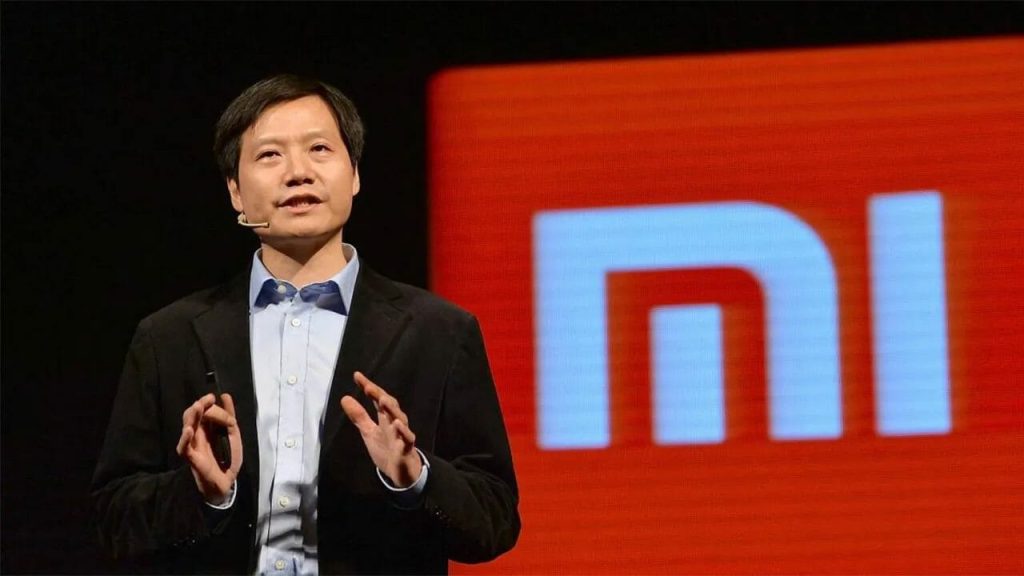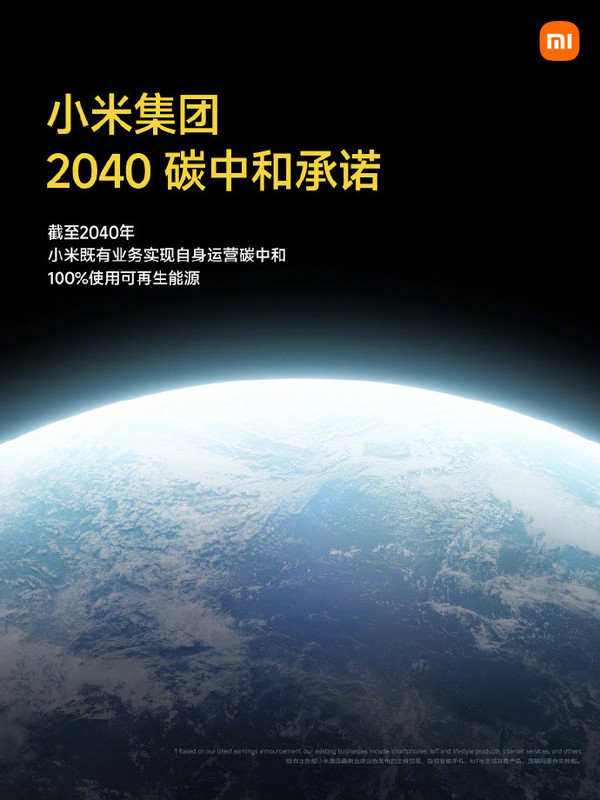At a recent product launch event, Xiaomi’s CEO, Lei Jun, announced the company’s ambitious goal of achieving carbon neutrality by 2040, aligning with broader environmental commitments. This announcement garnered both praises for Xiaomi‘s social responsibility and skepticism regarding the feasibility of such an ambitious target. Some netizens even commented sarcastically, “Whether Xiaomi can survive until 2040 is a question.”

Lei Jun Engages Netizens on Xiaomi’s 2040 Carbon Neutrality Goal and Corporate Philanthropy
Lei Jun responded to skepticism on Weibo, stressing the need for prudent management for the company’s survival and acknowledging the complexity of achieving carbon neutrality. His intelligent response, which balanced environmental commitment and business risks, was positively received.

The majority of comments on social media expressed positive sentiments toward Xiaomi’s direction and supported Lei Jun’s statements. In his Weibo posts, Lei Jun also highlighted Xiaomi’s philanthropic efforts, noting that the Xiaomi Public Welfare Foundation has contributed over 156 million yuan ($21.8 million) in cash donations, excluding additional donations from Xiaomi Group and himself, to support crisis and disaster relief efforts.
Xiaomi has been quite active recently. They have introduced the flagship Xiaomi 14 series, featuring smartphones like Xiaomi 14 and 14 Pro, and unveiled HyperOS, a new operating system intended to replace MIUI. HyperOS, developed based on the Android Open Source Project, is designed for greater efficiency, user-friendly interfaces, and improved AI capabilities, security, and connectivity across a wide range of devices, including smartphones, smart home devices, and even vehicles.
Xiaomi’s introduction of HyperOS aligns with their forthcoming automotive project “Xiaomi Car”, marking a substantial expansion of their product offerings. This multifaceted approach, involving sustainability, innovation, and community involvement, shows Xiaomi’s dedication to a sustainable and integrated technological future.
RELATED:
- Xiaomi 14’s UltraSpace storage expansion gives 8GB extra (real) storage on 256GB models
- Xiaomi launches Mijia Smart Electric Blanket 1.5m x 2m in China for 449 Yuan ($61)
- Smartphone market declines slightly in Q3 2023, but emerging markets see growth
- Samsung Galaxy Tab A9 vs Galaxy Tab A9+: Specs Comparison
- Redmi Pad SE vs OnePlus Pad Go: Specs Comparison
- Samsung Galaxy Tab A9 vs OnePlus Pad Go: Specs Comparison
(Via)







